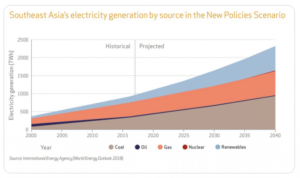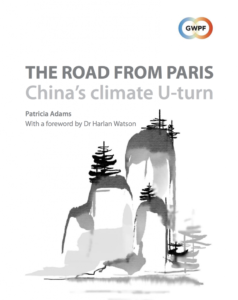by J. Ambrose, One 30, 2021 in TheGuradian
Five Asian countries are jeopardising global climate ambitions by investing in 80% of the world’s planned new coal plants, according to a report.
Carbon Tracker, a financial thinktank, has found that China, India, Indonesia, Japan and Vietnam plan to build more than 600 coal power units, even though renewable energy is cheaper than most new coal plants.
The investments in one of the most environmentally damaging sources of energy could generate a total of 300 gigawatts of energy – enough to power the UK more than three times over – despite calls from climate experts at the UN for all new coal plants to be cancelled.
Catharina Hillenbrand von der Neyen, the author of the report, said: “These last bastions of coal power are swimming against the tide, when renewables offer a cheaper solution that supports global climate targets. Investors should steer clear of new coal projects, many of which are likely to generate negative returns from the outset.”
…















